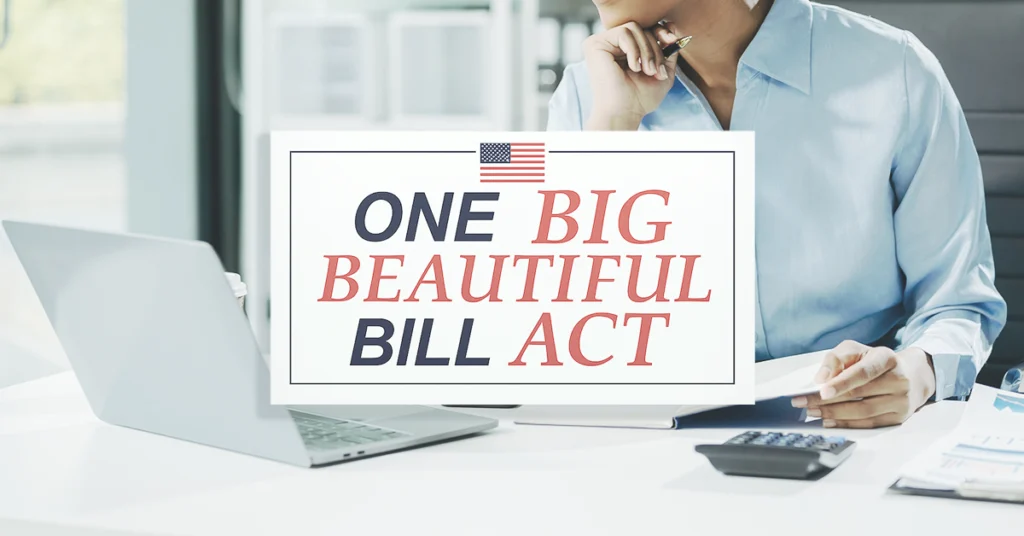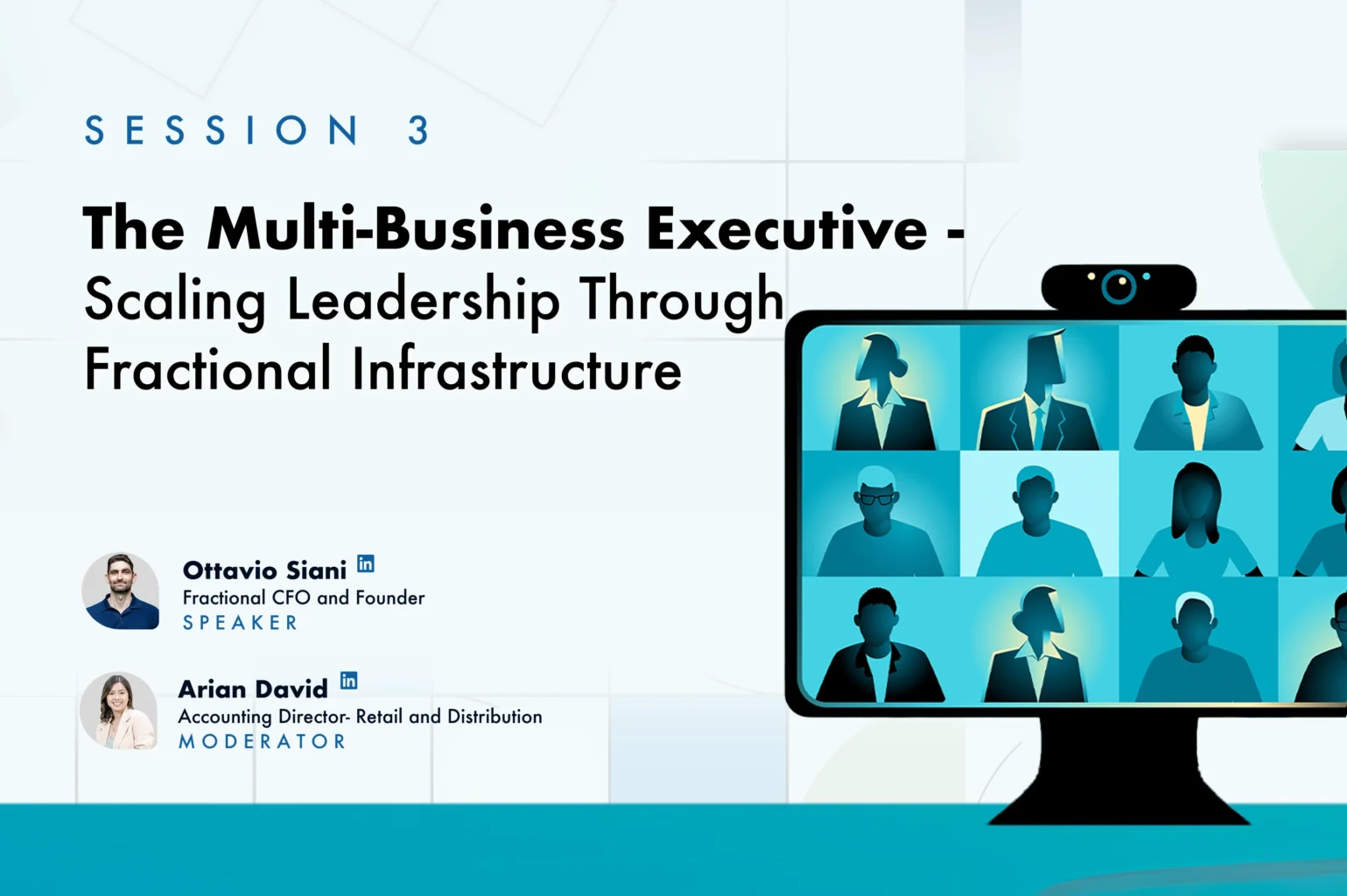Permanent Rate Reductions and Standard Deduction Increases
- Tax Rates: The Act permanently establishes the lower individual tax rates first introduced by the Tax Cuts and Jobs Act (TCJA), preventing a scheduled return to higher pre-2018 rates. The seven-bracket system remains, with the top rate at 37% for high earners.
- Standard Deduction: The increased standard deduction is not only made permanent but further enhanced. For 2025, the standard deduction rises to $23,625 for heads of household, $31,500 for married filing jointly and $15,750 for single filers, with inflation adjustments in future years. This change means more taxpayers will benefit from a larger deduction without itemizing.
Modifications to Deductions and Exemptions
- Personal Exemptions: The suspension of personal exemptions is made permanent, but a new $6,000 deduction is introduced for seniors (age 65+), subject to income phaseouts and Social Security number requirements, through 2028.
- Itemized Deductions: The Act introduces a new limitation, reducing itemized deductions by 2/37 of the lesser total deductions or income above the 37% bracket threshold. The Pease limitation remains suspended.
- State and Local Tax (SALT) Deduction: The SALT deduction cap is increased to $40,000 ($20,000 for married filing separately) for 2025, with a phase-down for high-income taxpayers and a return to the $10,000 cap after 2029.
- Mortgage Interest and Casualty Losses: The $750,000 cap on mortgage interest is made permanent, and the casualty loss deduction is limited to federally or state-declared disasters.
- Miscellaneous Itemized Deductions: The suspension of most miscellaneous itemized deductions is made permanent, except for educator expenses, which are expanded to include coaches and certain supplies.
New Middle-Class Tax Relief Initiatives
- No Tax on Tips and Overtime: For 2025–2028, individuals can deduct up to $25,000 in qualified tips and up to $12,500 ($25,000 joint) in qualified overtime pay, with phaseouts at higher incomes. These deductions are available even to non-itemizers.
- Car Loan Interest Deduction: For 2025–2028, up to $10,000 of interest on loans for new, U.S.-assembled passenger vehicles is deductible, subject to income limits.
Enhancements to Family and Education-Related Credits
- Child Tax Credit: The credit is permanently increased to $2,200 per child, with inflation adjustments and stricter Social Security number requirements for both the taxpayer and child.
- Dependent Care and Adoption Credits: The child and dependent care credit is enhanced, with a higher applicable percentage and expanded income thresholds. Up to $5,000 of the adoption credit is now refundable.
- Employer-Provided Child Care and Dependent Care Assistance: The employer-provided child care credit is increased to 40% (50% for small businesses) of expenses, with higher maximums. The exclusion for dependent care assistance rises to $7,500 ($3,750 MFS).
- Education Credits and Student Loan Relief: The American Opportunity and Lifetime Learning Credits now require a Social Security number. The exclusion for employer-paid student loan assistance is made permanent and indexed for inflation.
Specialized Provisions and New Accounts
- ABLE Accounts and 529 Plans: Contribution limits for ABLE accounts are increased, and 529 plans are expanded to cover more K-12 and postsecondary credentialing expenses, with the annual K-12 limit doubled to $20,000.
- Trump Accounts: A new tax-advantaged savings vehicle for children under 18, with a $5,000 annual contribution limit, is introduced. Employer and charitable contributions are allowed, and a government-funded $1,000 pilot program is available for newborns through 2028.
- Qualified Small Business Stock (QSBS): The gain exclusion is expanded—50% after 3 years, 75% after 4 years, and 100% after 5 years for new stock, with higher per-issuer and asset limits, both indexed for inflation.
- Remittance Excise Tax: A new 1% excise tax is imposed on certain cash remittance transfers sent abroad, collected by remittance providers.
Other Notable Changes
- Charitable Deductions: An above-the-line charitable deduction of up to $1,000 ($2,000 joint) is made permanent. For itemizers, only contributions exceeding 0.5% of AGI are deductible; for corporations, only those exceeding 1% of taxable income are deductible.
- Opportunity Zones and Housing Credits: The Opportunity Zone program is renewed with decennial re-designations and expanded reporting. The Low-Income Housing Tax Credit and New Markets Tax Credit are made permanent and enhanced.
Implementation Timeline
Most provisions take effect for tax years beginning after December 31, 2024, with some (such as the new standard deduction and child tax credit enhancements) effective for 2025. Temporary provisions, like the tip and overtime deductions and car loan interest deduction, apply through 2028. The Act also includes various transition rules and inflation adjustments to ensure continued relevance.
Conclusion
he One Big Beautiful Bill Act represents a comprehensive overhaul of individual taxation, locking in lower rates, expanding deductions and credits, and introducing new benefits for families, workers, and students. Its focus on permanent middle-class relief, simplification, and targeted incentives marks a significant shift in U.S. tax policy.
If you’d like to explore how this may impact your individual tax planning, we’re here to help. Feel free to contact our team to navigate these changes and discuss the best steps moving forward. To learn more about the OBBBA, you can read the full bill here.








